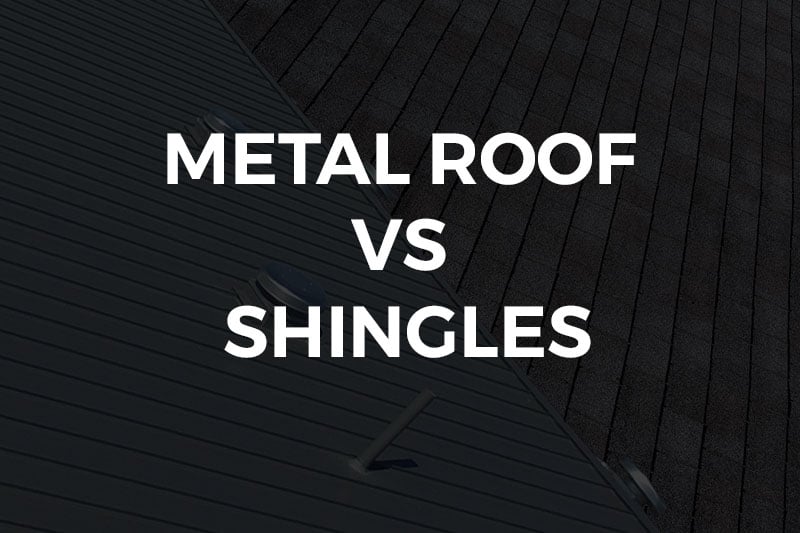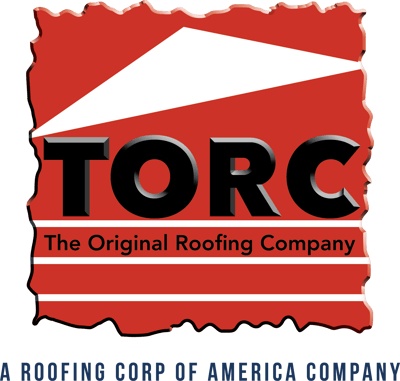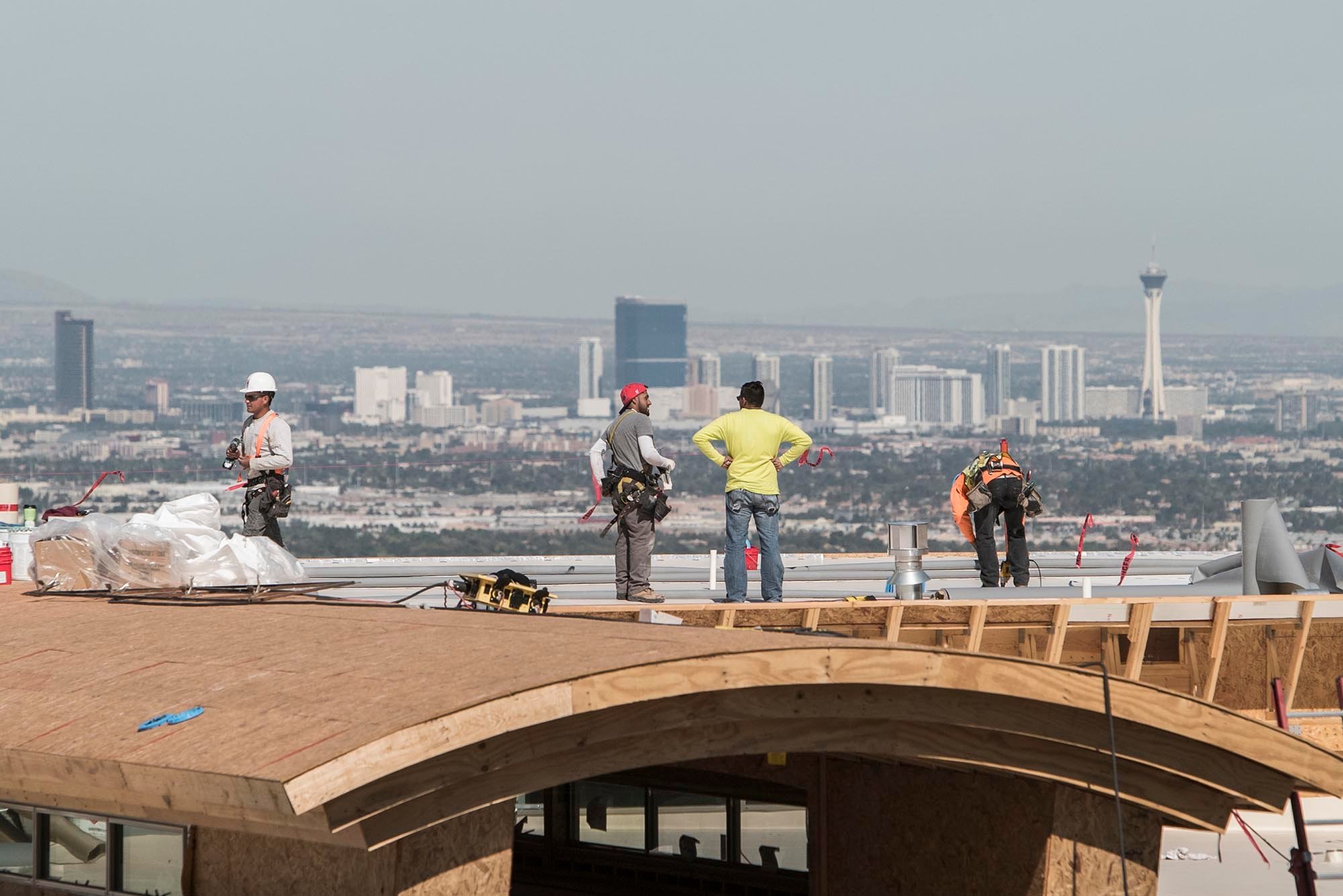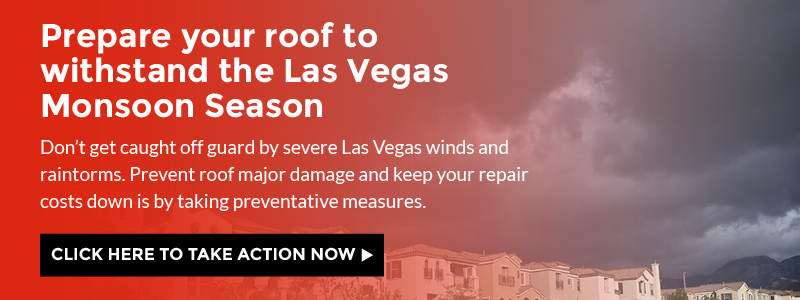
Whether you are looking for a residential roof for your home or rental or a commercial roof for your business’s office, one of the first questions that must be answered is the type of roof you are going to consider purchasing. While there are numerous types of shingles, each with their own benefits and drawbacks, these days there is also a higher-level question which comes first: do you go for shingles, or do you go for a metal roof?
In Las Vegas?
Metal Roof vs Shingles: Which Is Better?
Everyone knows shingles—chances are, you grew up in a home with a “normal” shingled roof. However, metal roofs have become progressively more popular and common as time has moved forward. While shingles remain the conventional choice, there is now at least a decision to be made.
Metal Roof Pros & Cons
Pros
- Lower long-term cost. While costs will be expanded upon in greater detail later in the article, it is one of the most significant pain points of a new roof installation. Metal roofs sport lower costs over a longer period of time.
- Long-lasting. One of the main reasons for their lower long-term cost is because they just last so much longer, on average, than a traditionally shingled roof. In some cases, metal roofs last over 50 years before needing replaced with some materials sporting a lifespan of over 100 years. For example, copper was used as a roofing material in ancient Rome, with proven historical records showing the longevity of those roofs.
- Resistant material. Metal roofs are designed to be fire resistant and weather resistant, even under harsh circumstances. While shingles are also engineered to be durable, there remains a gulf between what the different materials are capable of.
- Energy efficient and recyclable. Due to their nature, metal roofs are very easy to recycle and reuse. Many are actually composed of materials that have already been recycled once, in fact. They are also inherently reflective, sending heat back up and out, instead of down into your structure.
- Customization. Metal roofs are ridiculously easy to customize—every detail from the color down to the type of seams and fasteners can be tweaked to suit your personal aesthetic.
Cons
- Higher up-front cost. Despite the top pro above, do consider that metal roofs require a significantly higher up-front investment. Again, more on this later.
- “Oil canning.” Oil canning, also referred to as stress wrinkling or elastic buckling, is a term referring to when the flat section of a metal roof develops a visible, noticeable wave in the metal. While it is an aesthetic problem and does not impact the performance of the roof, it can affect nearly any metal roof and stands against one of the pros listed above: the aesthetic choice available in customization. It also cannot be fixed short of replacing the affected areas.
- Labor issues. Metal roofing is expensive and difficult to install, involving a unique skillset that not every roofer is qualified to handle. In fact, qualified metal roof installers are still relatively uncommon compared to shingle roofers, and you can expect to pay a premium for their service and expertise.
- Can cause issues with your municipality. This one is particularly specific to you and your neighborhood, but some municipalities do not allow metal roofs to be installed on either new or preexisting structures within their limits. The reasons for this can vary from municipality to municipality, but range from it looking out of place or industrial to purported glare issues.
Related: Metal Roofing Systems: Everything You Need to Know
Shingle Roof Pros & Cons
Pros
- Less upfront cost and easier to repair, replace, or install. Much of what was said above features the reverse true here. Shingled roofs are cheaper to install as well as easier to install or replace with plentiful qualified roofers the nation over.
- Preferred for the coast. Coastal regions have certain weather conditions which can cause shingles to be preferred over metal roofs, such as the moisture level or the propensity for high winds or hurricanes. While metal roofs can stand a reasonably high wind speed, shingles are heavier and easier to replace on a small, piece by piece basis if any do blow away, whereas if a panel of metal roofing gusts off, it can be an expensive and difficult repair.
Related: Will Metal Roofing Rust? (And Which Types & Climates)
Cons
- Shorter lifespan. Most shingle roofs last around 15-25 years, depending on a number of factors, such as type of shingle material, style of shingle installation, and so forth. The advantage of their ease of repair belies the reason that they need to be easy to repair in the first place.
- Installation can be difficult for finished or utilized attics. Depending on the exact structure of your attic, the nails used to drive shingles into the roof can puncture the roof deck and result in a hail of splinters in your attic space. This can cause problems for finished attic living spaces or for attics which are filled with storage boxes.
- Aesthetic limitations. Shingles come in a much more limited range of colors due to the process by which they are created.
- Can grow things. Shingles can provide an environment for mold, mildew, and algae, especially if they are in a moist environment which does not receive enough sun to thoroughly dry the roof after a soaking rain. Not only is this problem unsightly and lowers your curb appeal, it can also cause health problems if you are allergic to the spores these plants produce.
- Recycling and thermal concerns. While some shingles can be properly recycled, others cannot, adding waste to our landfills. Likewise, shingles, due to their generally darker hue, weight, and material composition, can absorb and retain heat far more than metal roofs. While this is listed as a con due to the increased cost of cooling expenses and such, it should be noted that this could be seen as a pro in colder climates, as it would help to reduce heating expenses instead.
Related: What Is the Most Energy-Efficient Roof Color?
Which Is Cheaper?
Ultimately, this comes down to a question of up-front vs long-term cost. As a general rule of thumb, on a purely financial basis, if you have a smaller amount of money available for installation and are content with either having to replace the roof again in 15-25 years or are planning on not being in that building for that whole time, then a shingle roof will most likely meet your needs at a reasonable cost.
On the flip side, if you are planning to stay in your current structure for decades, and have the ability to put down all of the money upfront for those years of roofing, then a metal roof will probably serve you better.
And of course, there are the other considerations as well, such as environmentally conscious decision points like recycling or economically conscious points like upkeep costs and the roof’s effect on your energy bills.
Still, there are pros and cons to both metal and traditional shingle roofs, and both are worthy of consideration.





